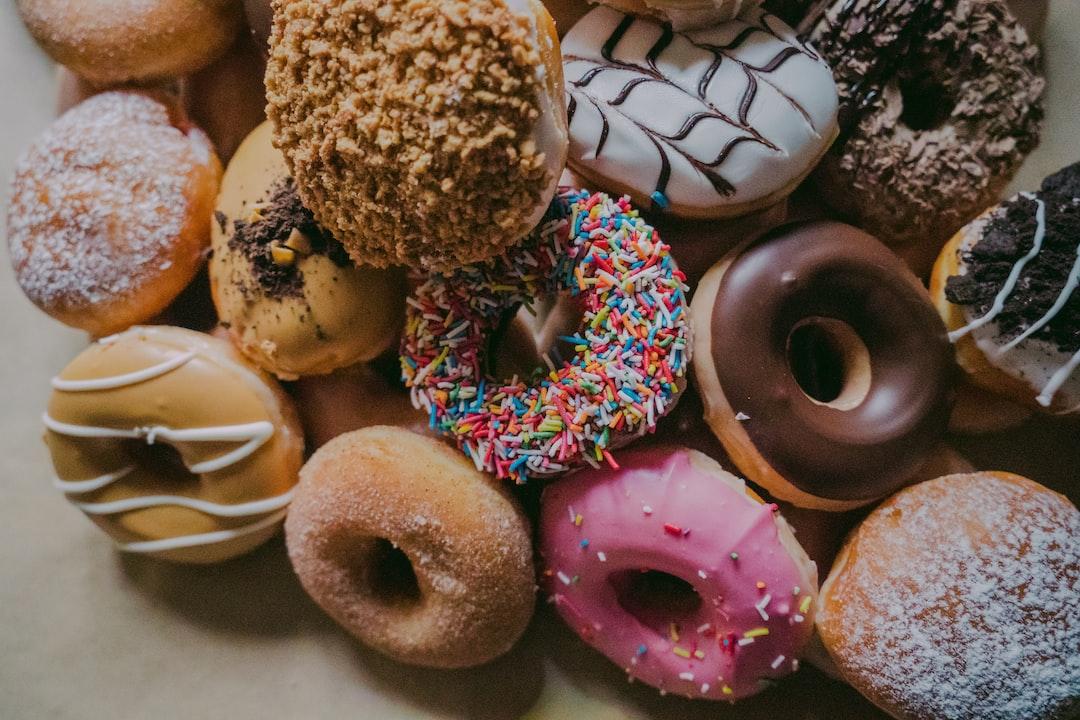Fats & Sugar: The Jab & Cross To Our Brain’s Reward System
Curated from: neurosciencenews.com
Ideas, facts & insights covering these topics:
6 ideas
·1.43K reads
13
1
Explore the World's Best Ideas
Join today and uncover 100+ curated journeys from 50+ topics. Unlock access to our mobile app with extensive features.
The Vagus Nerve
The vagus nerve, originating in the gut, sends internal sensory information from the gut to the brain about the nutritional value of food. But, the molecular basis of the reward in the brain associated with what we eat has been incompletely understood.
Now, a new study published in Cell Metabolism by a team from the Monell Chemical Senses Center, unravels the internal neural wiring, revealing separate fat and sugar craving pathways, as well as a concerning result: Combining these pathways overly triggers our desire to eat more than usual.
24
324 reads
Why Fats And Sugars Are Particularly Appealing
“Food is nature’s ultimate reinforcer,” said the study’s lead author.
“But why fats and sugars are particularly appealing has been a puzzle. We’ve now identified nerve cells in the gut rather than taste cells in the mouth are a key driver. We found that distinct gut-brain pathways are recruited by fats and sugars, explaining why that donut can be so irresistible.”
Ultimately, this research provides insights on what controls “motivated” eating behavior, suggesting that a subconscious internal desire to consume a diet high in both fats and sugar has the potential to counteract dieting efforts.
20
275 reads
Fats And Sugars Have Their Own Dedicated Circuits
The team of scientists used cutting-edge technology to directly manipulate fat or sugar neurons in the vagus nerve system and demonstrated that both types of neurons cause a dopamine release in the brain’s reward center in mice. They discovered two dedicated vagus nerve pathways: one for fats and another for sugars. These circuits, originating in the gut, relay information about what we have eaten to the brain, setting the stage for cravings.
20
226 reads
Fats And Sugars Together Deliver A One-Two Punch
But the story doesn’t end there. The team of scientists also found that simultaneously activating both the fat and sugar circuits creates a powerful synergy.
“It’s like a one-two punch to the brain’s reward system,” said the study’s lead author. “Even if the total calories consumed in sugar and fats stays the same, combining fats and sugars leads to significantly more dopamine release and, ultimately, overeating.”
22
203 reads
Fats, Sugars, And The Wiring Of Our Innate Motivation
This finding sheds light on why dieting can be so challenging. Human brains may be subtly programmed to seek out high-fat, high-sugar combinations, regardless of conscious efforts to resist.
“The communication between our gut and brain happens below the level of consciousness,” said the study’s lead author. “We may be craving these types of food without even realizing it.”
19
195 reads
Rewiring Our Wiring And Creating Personalized Interventions
The team predicts that this line of research offers hope for future development of anti-obesity strategies and treatments. Targeting and regulating gut-brain reward circuits could offer a novel approach to curb unhealthy eating habits.
“Understanding the wiring diagram of our innate motivation to consume fats and sugars is the first step towards rewiring it,” said the study’s lead author. “This research unlocks exciting possibilities for personalized interventions that could help people make healthier choices, even when faced with tempting treats.”
19
208 reads
IDEAS CURATED BY
CURATOR'S NOTE
Scientists discovered the gut-brain network for sugar and fat cravings.
“
Similar ideas
Read & Learn
20x Faster
without
deepstash
with
deepstash
with
deepstash
Personalized microlearning
—
100+ Learning Journeys
—
Access to 200,000+ ideas
—
Access to the mobile app
—
Unlimited idea saving
—
—
Unlimited history
—
—
Unlimited listening to ideas
—
—
Downloading & offline access
—
—
Supercharge your mind with one idea per day
Enter your email and spend 1 minute every day to learn something new.
I agree to receive email updates
